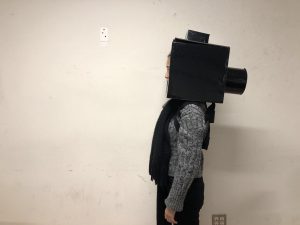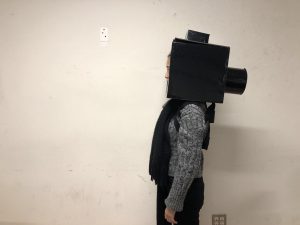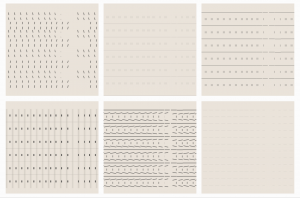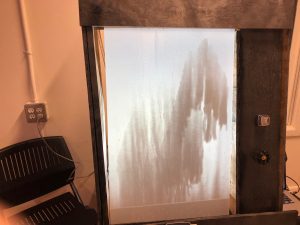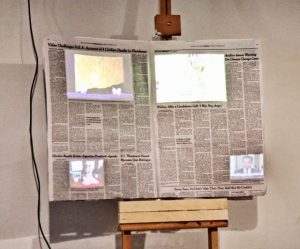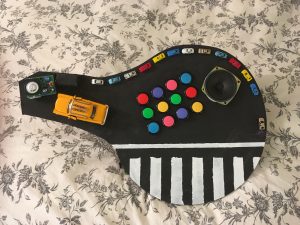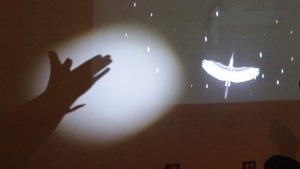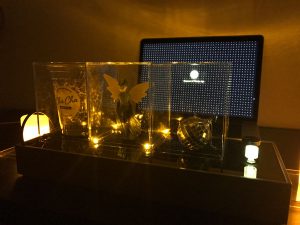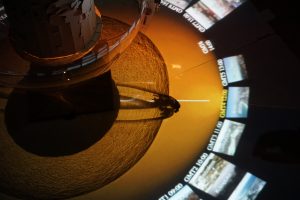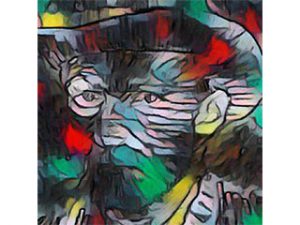Hayeon / Hayley Hwang, Koji Kanao
If you were Van Gogh, what would like to draw?
https://youtu.be/PyXB0WzDw54
Description
Imitation Art Installation is a participatory art museum that can allow to collaborate with past artists and other visitors. Imitation Art Installation is an application which has 2 main functions. The first function is a drawing application. Users can draw anything they want. The other function is to apply a style to a user's drawing. For doing that, Imitation Art Installation is using style-transfer which is the technique of recomposing images in the style of other images. Then, users can get an unique experience. So this application will give opportunity to answer a question like “If I were Van Gogh, I would … .”
Imitation Art Installation has 3 phase.
Visitors can get in the museum and choose the favorite artist and art piece. And they go into the first section, “LEARN”. They start to look at the detail of the art piece and learn why the artist drew and what technic they used (where, what, what emotion, what style etc).
And visitors move to the next section, “IMITATE”. They can use a touch screen display(Tablet), they simply change or re-sketch the original pieces based on the original piece. For example, they can change the classic house into apartments and re-paint. After drawing them, they submit it to the machine learning program.
Lastly, in “EXHIBIT” section, visitors can see their drawings and the original piece together to compare them. Also, they can check the collaborative version with the past artist that machine learning generates. Also, there is an artwork that all visitors created.
Classes
Cabinets of Wonder, Programming from A to Z

